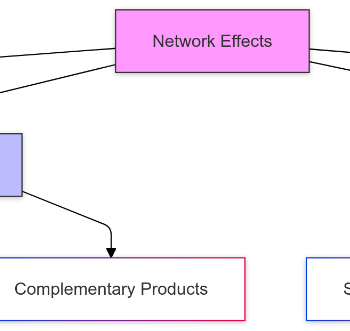What Are Flotation Costs?
Definition and Components
Flotation costs encompass a range of expenses associated with issuing new securities. These include underwriting fees, which are paid to investment banks for their services in managing the issuance process; legal fees for drafting and reviewing the necessary documents; registration fees paid to regulatory bodies; and printing costs for preparing prospectuses and other materials.
- Unlocking the Future: A Comprehensive Guide to Digital Currency Investment and Trends
- Get Your Direct Quote: Instant Investment Insights and Financial Guidance
- Mastering Discounted Cash Flow (DCF): The Ultimate Guide to Valuing Investments and Projects
- How Forward Contracts Protect Your Business: Locking in Prices and Managing Market Volatility
- Mastering the Fair Labor Standards Act: A Comprehensive Guide for Finance, Business, and Investment Employers
These costs can vary widely depending on the type of security being issued and the complexity of the transaction. For instance, issuing stocks might involve different fees compared to issuing bonds.
Bạn đang xem: Understanding Flotation Costs: How Issuing New Securities Impacts Your Company’s Financial Health
Calculation of Flotation Costs
To calculate flotation costs, you use the following formula:
“`
Flotation Costs = (Total Cost of New Securities / Total Value of New Securities) x 100%
“`
Xem thêm : How a Flat Tax System Works: Simplifying Income Taxation for Individuals and Businesses
Let’s consider an example: If a company issues $1 million worth of new stock and incurs $50,000 in expenses, the flotation cost would be:
“`
Flotation Costs = ($50,000 / $1,000,000) x 100% = 5%
“`
This means that for every dollar raised through the new stock issue, the company effectively loses 5 cents to flotation costs.
Impact on Capital Structure
Debt vs. Equity Financing
High flotation costs can significantly influence a company’s choice between debt and equity financing. When these costs are high, equity financing becomes more expensive. This might lead companies to opt for debt financing instead, even if it means taking on more financial risk.
For example, if issuing new shares comes with a 10% flotation cost, it might be more attractive to borrow money at an interest rate lower than this cost. However, this shift towards debt financing can have long-term implications.
Leverage Ratio and Financial Risk
Xem thêm : Revolutionizing Finance: The Ultimate Guide to Electronic Bill Payment and Presentment (EBPP)
Increased reliance on debt due to high flotation costs can affect a company’s leverage ratio and overall financial risk. A higher leverage ratio means higher interest obligations and potentially strained cash flow. This increased financial risk could make it more challenging for the company to meet its debt obligations during economic downturns or periods of low cash flow.
Effect on Cost of Capital
Weighted Average Cost of Capital (WACC)
Flotation costs increase the cost of new equity, which in turn affects the company’s Weighted Average Cost of Capital (WACC). A higher WACC means that the company needs to achieve greater returns on its investments to justify the increased cost of capital. This can be a significant challenge, especially in competitive markets where returns may be limited.
One-Time vs. Ongoing Expenses
There is ongoing debate about whether to incorporate flotation costs into the cost of capital or adjust cash flows for these costs. Some argue that since these are one-time expenses, they should not be included in the ongoing cost of capital calculation. Instead, adjusting cash flows for these costs avoids overstating the cost of capital and provides a more accurate picture of future profitability.
Financial Planning and Decision-Making
Realistic Fundraising Targets
Anticipating and budgeting for flotation costs is essential in financial planning. By factoring these costs into fundraising targets, companies can set realistic goals and optimize their capital structure. Ignoring these costs can lead to underestimation of the actual amount needed, resulting in insufficient funding or additional rounds of financing with even higher costs.
Investor Perception and Market Dynamics
Flotation costs can also signal financial instability to the market and affect investor sentiment. Market conditions, investor behavior, and regulatory environments all influence these costs. For instance, during times of economic uncertainty, investors may demand higher returns due to increased risk perception, thereby increasing flotation costs.
Case Studies and Examples
Real-World Examples
Companies like Uber and Airbnb faced significant flotation costs during their Initial Public Offerings (IPOs). For example, Uber’s IPO involved substantial underwriting fees and other expenses that ate into the proceeds from the offering. While these immediate expenses were high, they were seen as necessary for long-term growth potential.
Comparative Statistics
The range of flotation costs varies widely depending on the type of security being issued. Common shares typically range from 2% to 8%, while bonds might have lower costs due to fewer regulatory hurdles and simpler issuance processes.
Nguồn: https://staredecisis.quest
Danh mục: Blog





